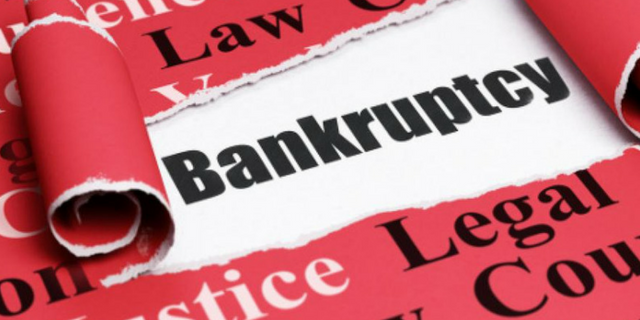Comprehending Personal bankruptcy
Personal bankruptcy uses a specific or business an opportunity to start fresh by forgiving financial obligations that just can not be paid while providing creditors a chance to get some procedure of payment based upon the individual's or business's possessions readily available for liquidation. In theory, the capability to file for personal bankruptcy benefits the overall economy by allowing people and companies a second possibility to get to credit and by providing financial institutions with a part of debt repayment. Upon the successful conclusion of personal bankruptcy procedures, the debtor is eliminated of the debt obligations that were incurred prior to applying for bankruptcy.
All insolvency cases in the United States are dealt with through federal courts. Any decisions in federal insolvency cases are made by a personal bankruptcy judge, consisting of whether a debtor is qualified to submit and whether they must be discharged of their debts. Administration over personal bankruptcy cases is typically handled by a trustee, an officer designated by the United States Trustee Program of the Department of Justice, to represent the debtor's estate in the proceeding. There is typically very little direct contact in between the debtor and the judge unless there is some objection made in the event by a financial institution.
Kinds Of Personal Bankruptcy Filings
Personal bankruptcy filings in the United States fall under among a number of chapters of the Bankruptcy Code, including Chapter 7, which includes the liquidation of possessions; Chapter 11, which deals with company or specific reorganizations; and Chapter 13, which schedules debt repayment with decreased financial obligation covenants or specific payment strategies. Insolvency filing costs vary, depending on the kind of insolvency, the complexity of the case, and other aspects.
Chapter 7 Personal bankruptcy

People-- and sometimes services, with couple of or no properties-- usually file Chapter 7 personal bankruptcy. It allows them to deal with their unsecured financial obligations, such as charge card balances and medical bills. Those with nonexempt possessions, such as household treasures (collections with high evaluations, such as coin or stamp collections); second houses; and money, stocks, or bonds must liquidate the home to repay some or all of their unsecured financial obligations. An individual filing Chapter 7 bankruptcy is generally selling their properties to clear their debt. Individuals who have no valuable properties and only exempt residential or commercial property-- such as household products, Additional resources clothes, tools for their trades, and a personal lorry worth up to a specific worth-- may wind up repaying no part of their unsecured debt.
Chapter 11 Bankruptcy
Companies typically file Chapter 11 insolvency, the objective of which is to reorganize, remain in business, and as soon as again end up being successful. Submitting Chapter 11 bankruptcy enables a business to create prepare for success, cut expenses, and discover new ways to increase revenue. Their preferred shareholders, if any, might still get payments, though typical investors will not.
For example, a housekeeping company filing Chapter 11 insolvency may increase its rates a little and use more services to become rewarding. Chapter 11 bankruptcy allows the company to continue conducting its service activities without interruption while working on a debt payment strategy under the court's supervision. In unusual cases, individuals can also file Chapter 11 insolvency.
Chapter 13 Insolvency
Individuals who make too much money to qualify for Chapter 7 bankruptcy might submit under Chapter 13, likewise called a wage earner's plan. It allows individuals-- along with businesses, with constant earnings-- to produce convenient debt payment strategies. The payment plans are commonly in installations throughout a three- to five-year period. In exchange for repaying their creditors, the courts permit these debtors to keep all of their home, consisting of otherwise nonexempt residential or commercial property.
Other Bankruptcy Filings
While Chapter 7, Chapter 11, and Chapter 13 are the most typical personal bankruptcy proceedings, especially as far as people are worried, the law also offers a number of other types: